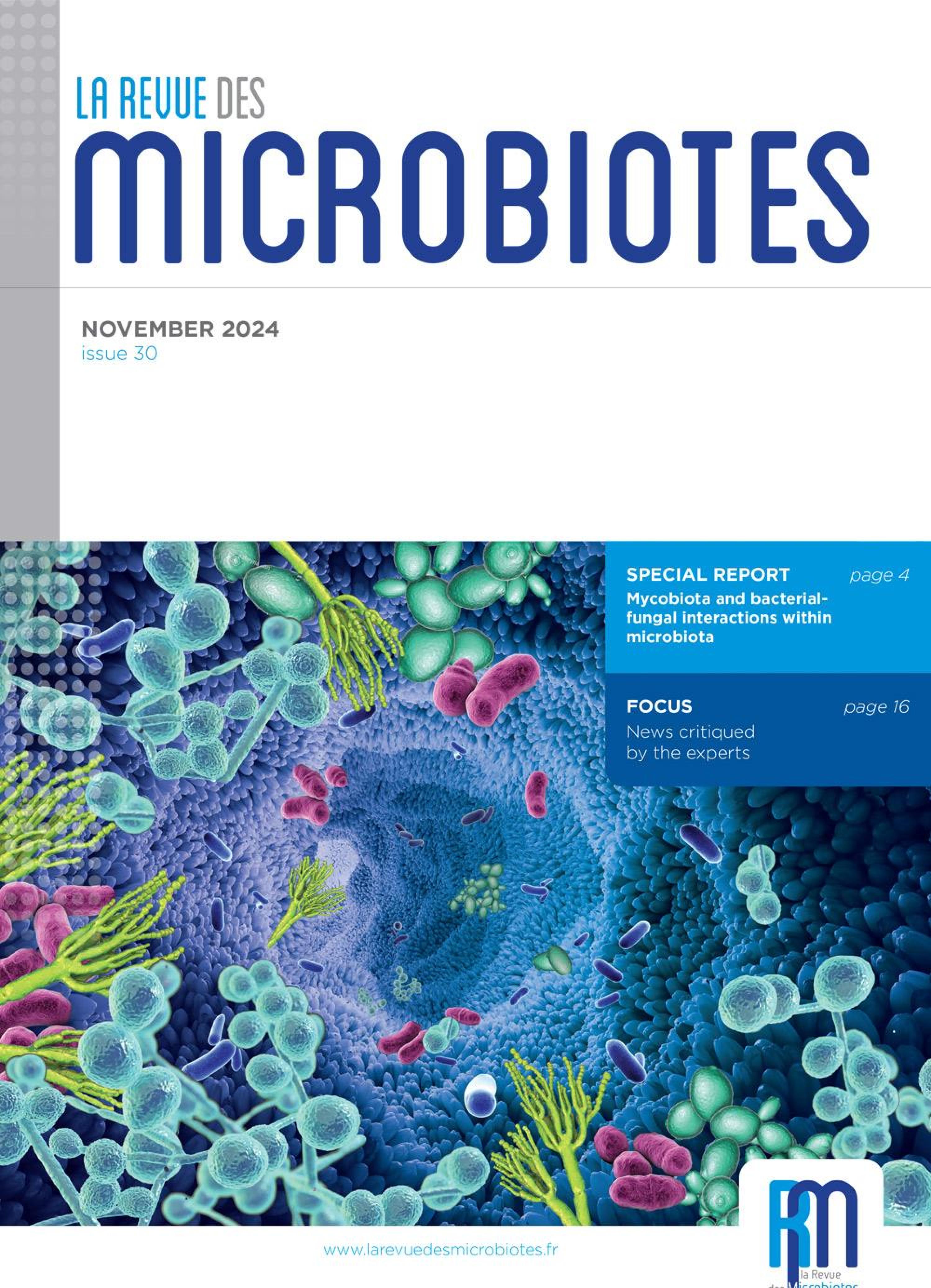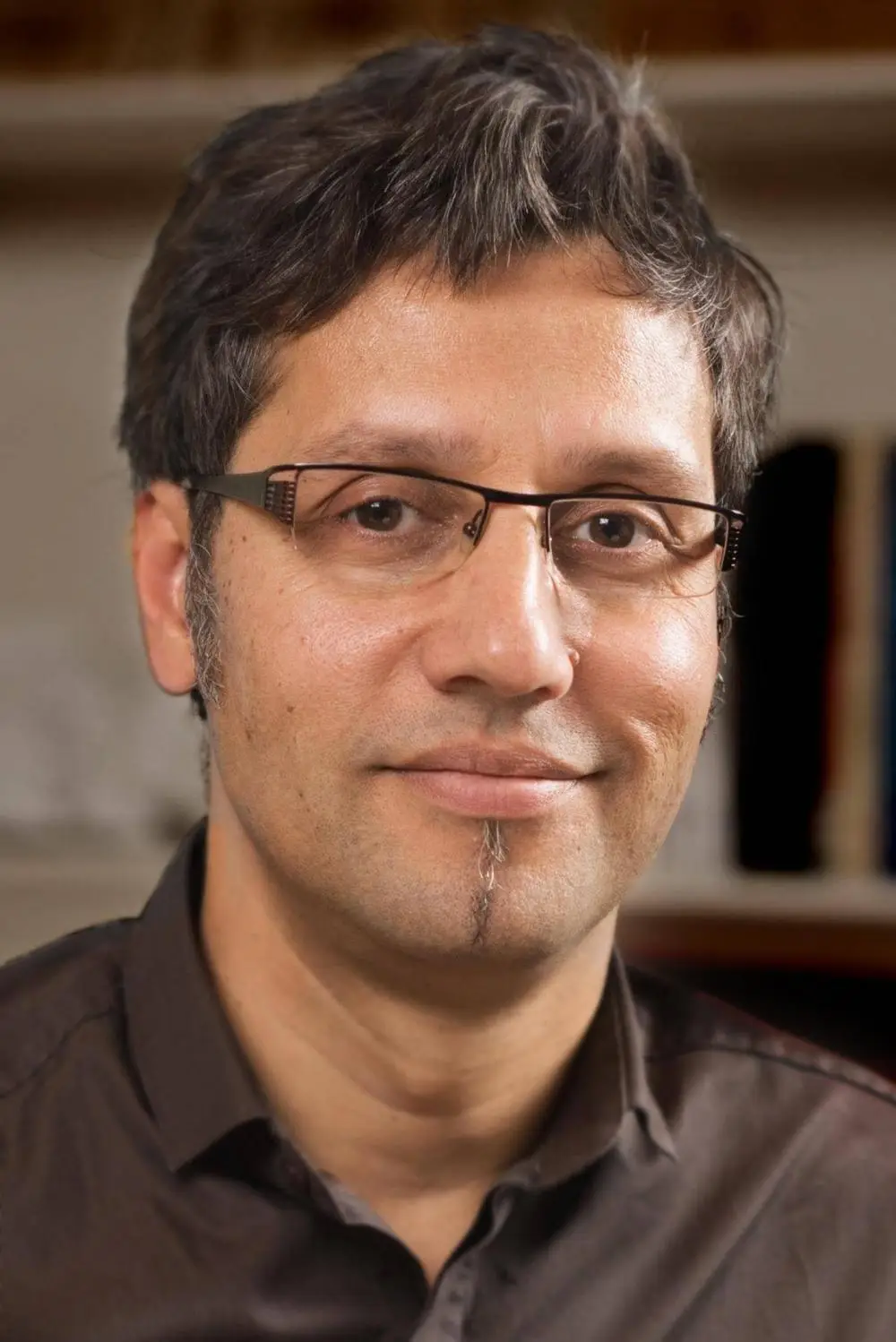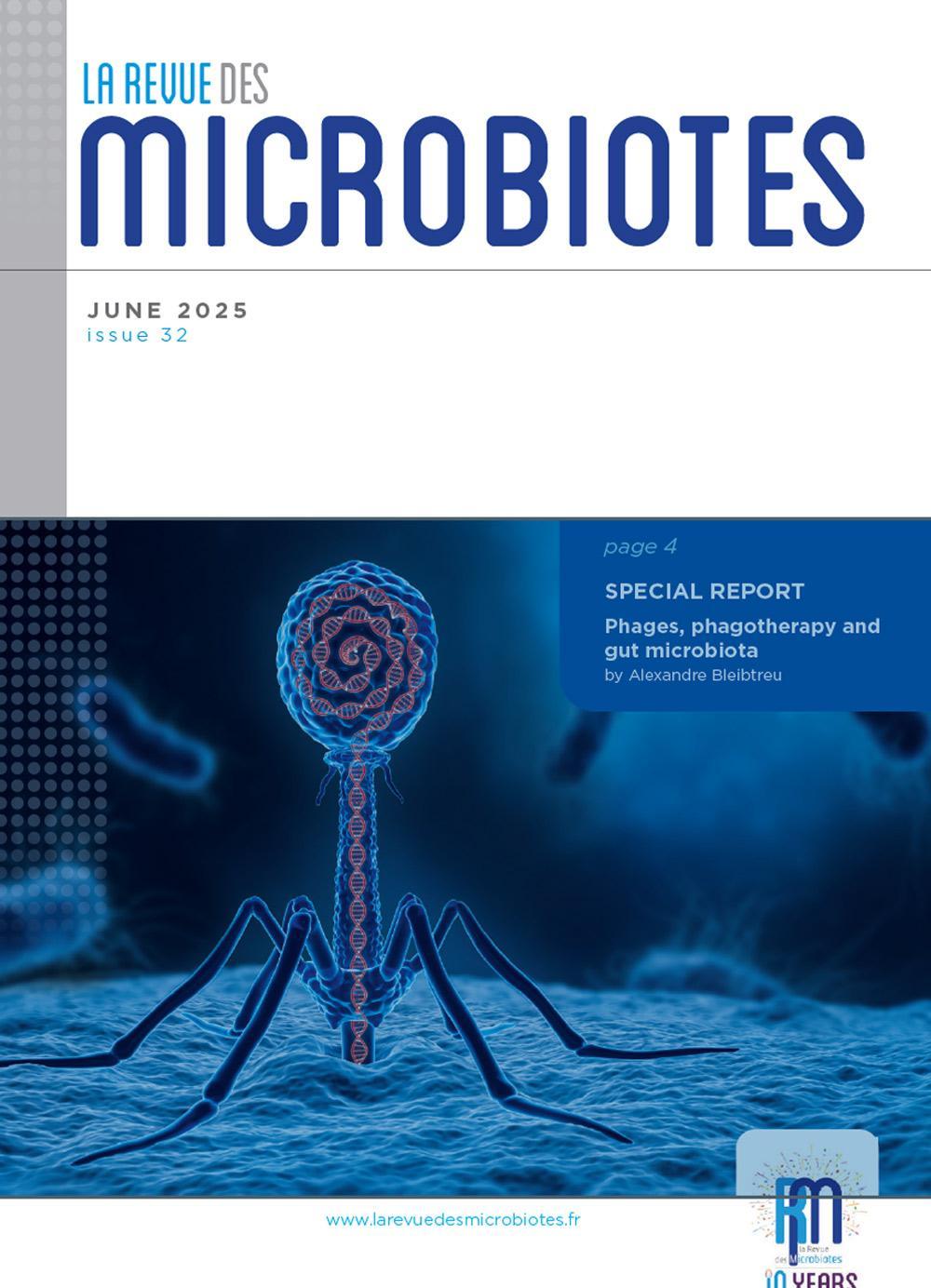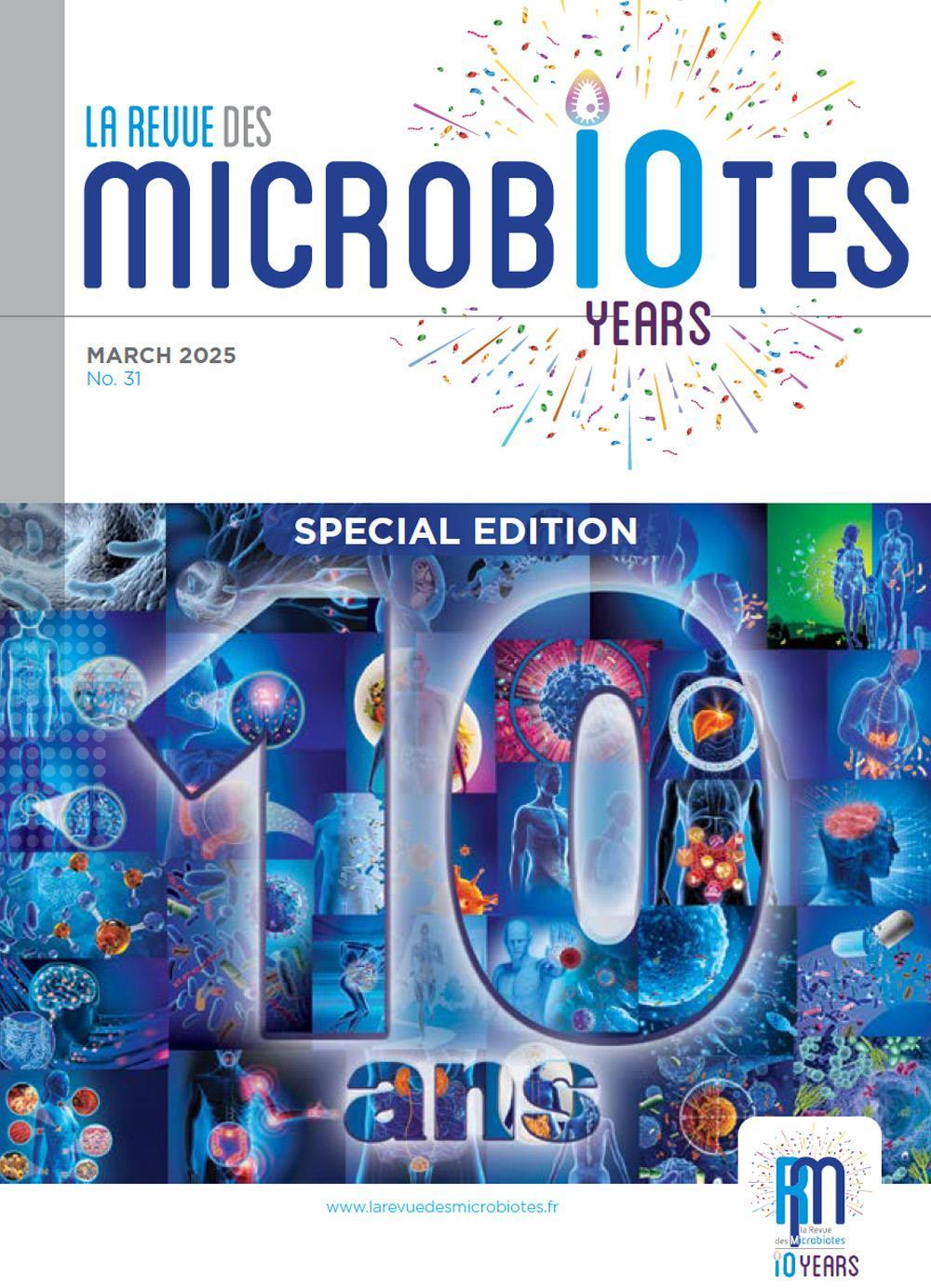Fungi: microbiota’s forgotten population
Our body is not only populated by bacteria or viruses; it also shelters a variety of microscopic fungi: micromycetes. These “microfungi” therefore make up one part of the microbiota known as the mycobiota, which would represent about 1% of our microbial biomass. Scientific research currently devotes 100 times as many articles to bacterial microbiota as it does to mycobiota. Despite these figures on the mycobiota being unfavourable at first glance, it is clear that this plays physiological roles that are essential to our bodies’ well-being.
In order to make way for this forgotten microbiota population, the Revue des microbiotes welcomes Prof. Françoise Botterel and Dr Cécile Angebault, two eminent mycologists specializing in the mycobiota, for a special report written in tandem. Thanks to their illumination, we will discover that the mycobiota reflects our environment, our diet and our lifestyle, thus contributing to a personalized physiological formula. We will discover that decrypting the complexity of the human mycobiota poses considerable challenges, especially as its composition can vary widely in line with factors such as age, health condition, the area on the body from which the sample is taken, and the surrounding bacterial microbiota. We will dive into the many roles the mycobiota play in health and human illnesses, and we will see that the new treatment strategies must also be considered through studying the mycobiota.
In this regard, the interview with Dr Mathias Richard, research director at the Institut Micalis, perfectly illustrates the progress made in research into mycobiota in connection with chronic inflammatory bowel diseases. This new end-of-year work will therefore be “based on the fungus”!
Happy reading!
Geneviève Héry-Arnaud
Editor in chief for this issue














